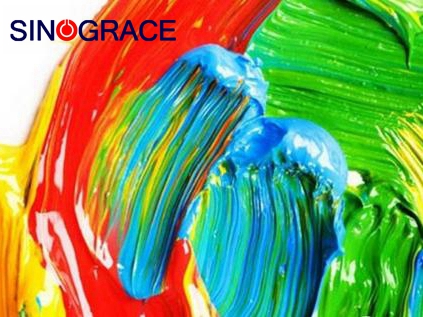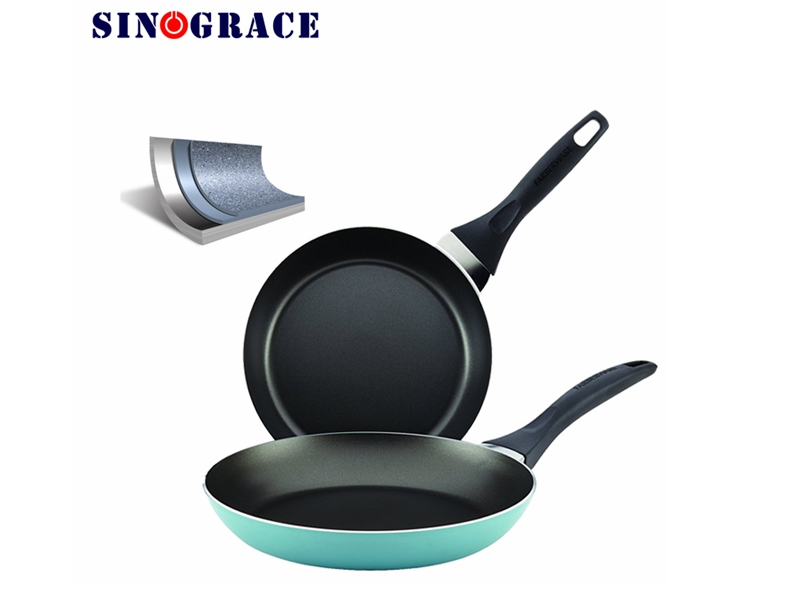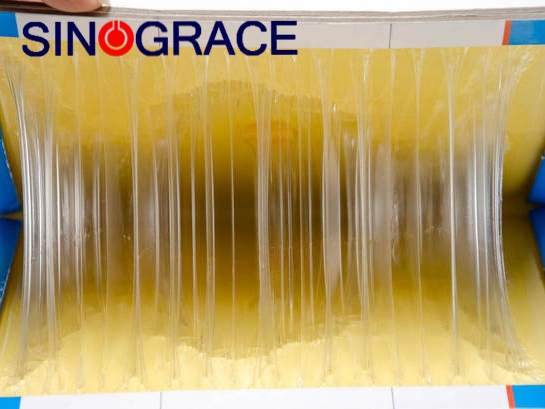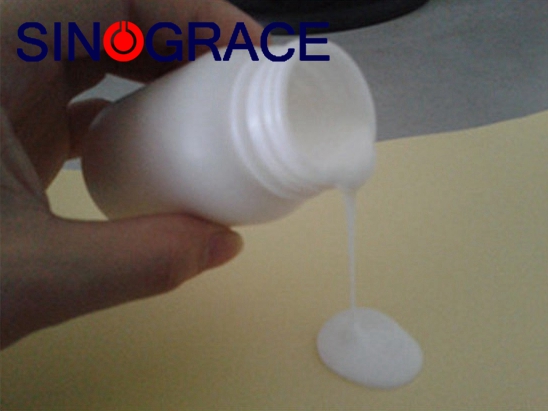Waterborne glue process and key points
◆ The procedure of bonding process:◆ The adhesive surface should be evenly coated to ensure infiltration, as far as possible to avoid bubbles, due to the porosity of the adhesive strength greatly reduced, resulting in degumming.Attention should be paid to the alignment of the position, not staggered, can be pressurized, air exclusion, make it close contact. Time is three important parameters of curing process and the change of each parameter has direct influence on bonding strength, (each kind of adhesive has a specific curing temperature and time), curing at a certain pressure, it should be said that it is necessary for all Water, avoid bubble pores and make the adhesive layer uniform and fixed position.Whether by chemical reaction or physical action to complete the adhesive curing, it takes a certain amount of time, in order to cure completely get the adhesive strength, must ensure that there is enough curing time,(this is usually referred to a certain amount of time to make the adhesive to reach the final adhesion).
read more

 English
English français
français русский
русский español
español العربية
العربية








